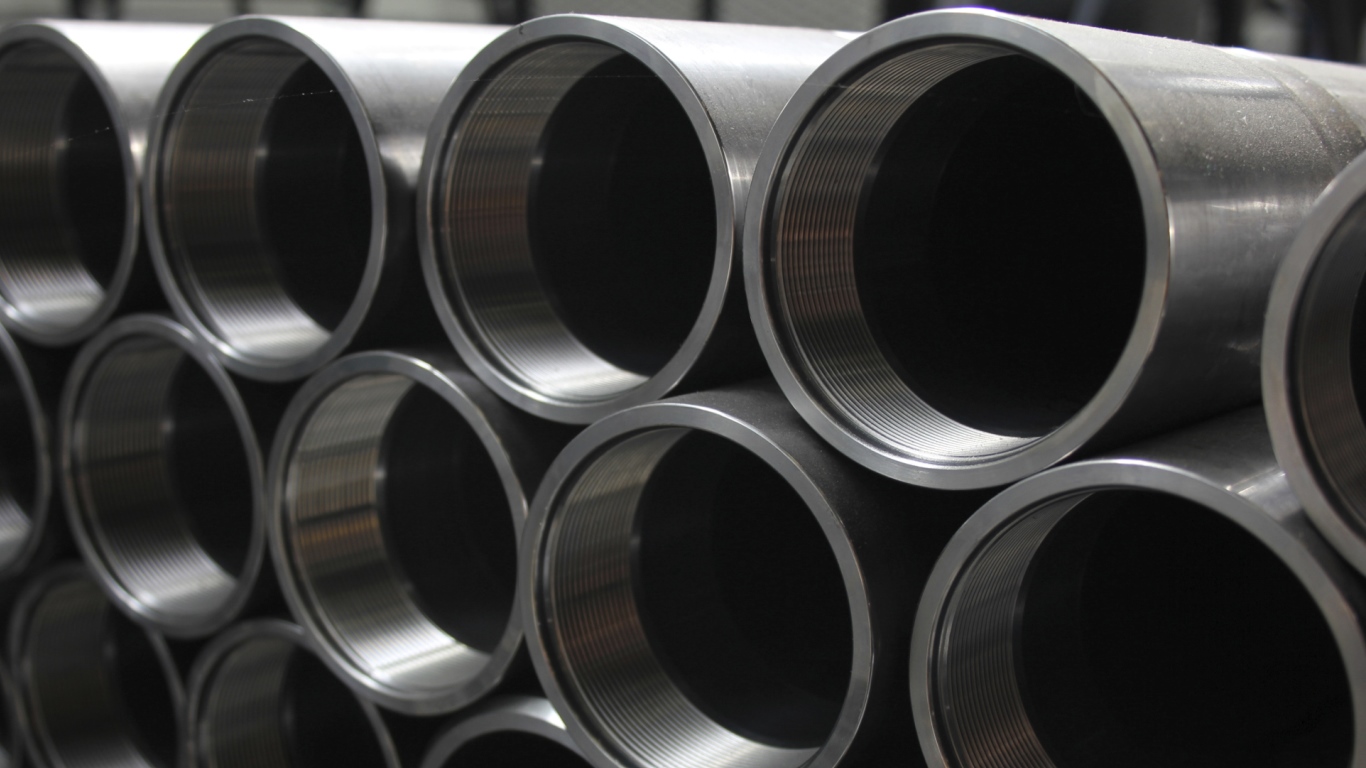Commodities & Metals
Aluminum Tariffs Key Driver in Creation of Over 3000 Jobs

Published:
Last Updated:

The Economic Policy Institute (EPI) released new research that shows after Section 232 tariffs were imposed on aluminum (and steel) in March 2018, the domestic producers of both primary and downstream aluminum products have made commitments to create over 3,000 jobs. At the same time, these domestic producers should generate over $3.4 billion in new investments and substantially increase domestic production of aluminum.
Robert Scott, director of Trade and Manufacturing Policy Research, explains that in early 2017, the U.S. primary aluminum industry had almost disappeared completely. Between 2010 and 2017, 18 of 23 aluminum smelters shut down, eliminating roughly 13,000 jobs. In 2016, there were three alumina refineries supplying U.S. smelters, and by 2017, only one remained in operation.
After these tariffs were imposed, three smelters are being restarted and a fourth has announced a capacity expansion. Seven smelters in total are expected to be in operation by the end of 2018. This will lead to a projected increase of aluminum production by 67% between 2017 and the end of 2018.
Between January and October 2018, North American shipments of all extruded aluminum products were up 6.3% and total sheet and plate aluminum shipments had increased by 4.6%. To date, U.S. employment in the aluminum industries has increased slightly, by 300 jobs, since the tariffs were imposed.
Scott commented:
The estimates of the jobs lost and the economic harm done by the steel and aluminum tariffs have been wildly overblown. In fact, the tariffs have shown to be a net-positive to the economy. In the next few years, we should see thousands of jobs created and billions of dollars in aluminum production, due to the Section 232 tariffs.
Credit card companies are pulling out all the stops, with the issuers are offering insane travel rewards and perks.
We’re talking huge sign-up bonuses, points on every purchase, and benefits like lounge access, travel credits, and free hotel nights. For travelers, these rewards can add up to thousands of dollars in flights, upgrades, and luxury experiences every year.
It’s like getting paid to travel — and it’s available to qualified borrowers who know where to look.
We’ve rounded up some of the best travel credit cards on the market. Click here to see the list. Don’t miss these offers — they won’t be this good forever.
Thank you for reading! Have some feedback for us?
Contact the 24/7 Wall St. editorial team.